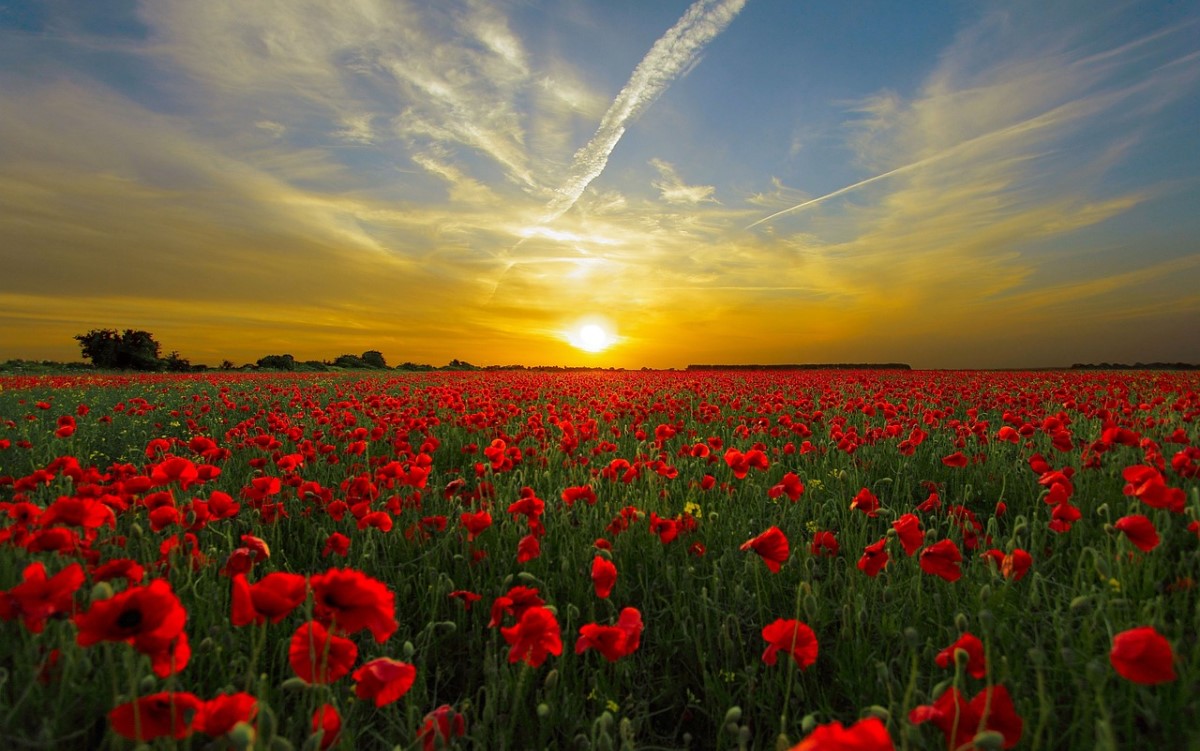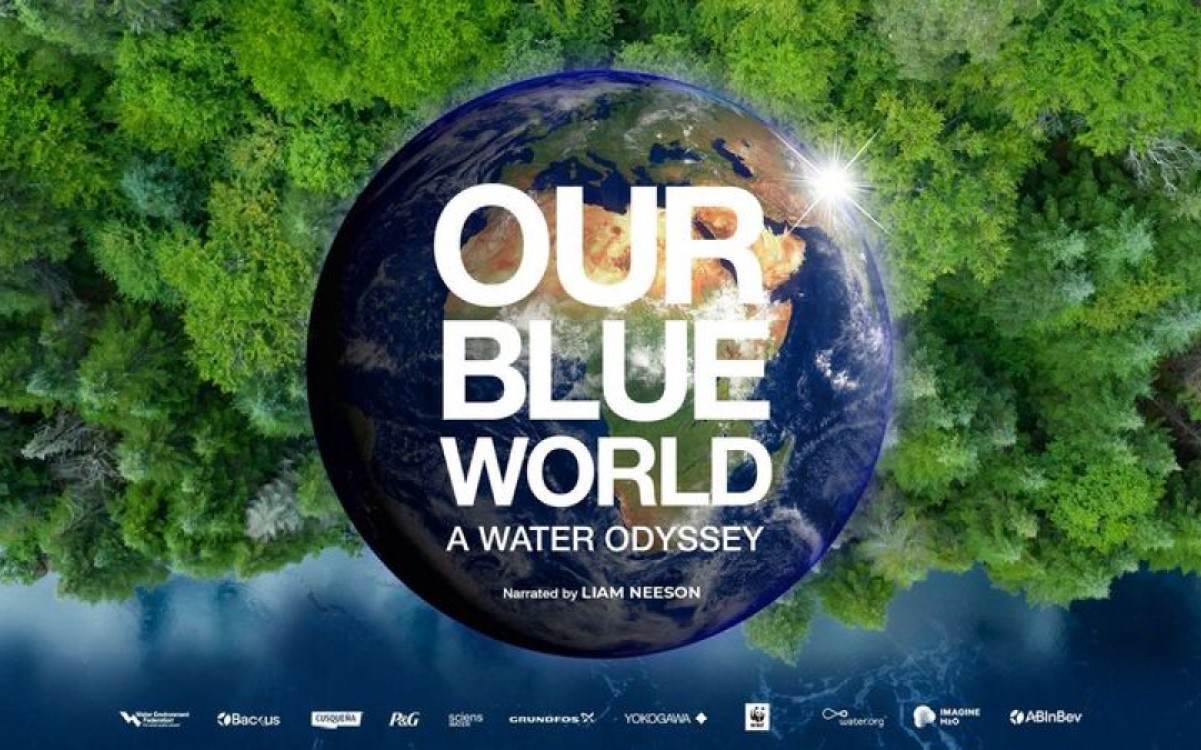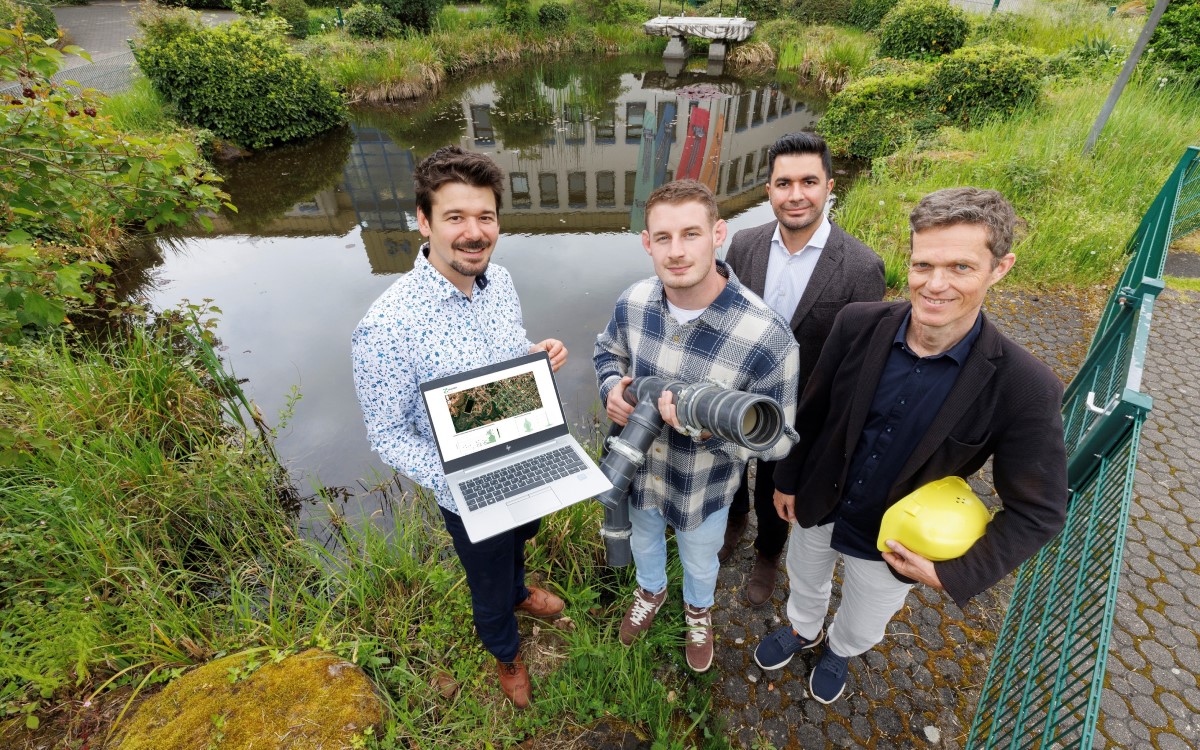March 13, 2024 Ι In the complex relationship between fertilizer and agricultural productivity lies a double-edged sword: while essential for crop sustenance, its runoff into waterways triggers harmful algae blooms. However, innovative approaches, like transforming water bodies into flower farms, are emerging as promising solutions to mitigate this pollution, as demonstrated by recent research led by Florida International University’s postdoctoral researcher Jazmin Locke-Rodriguez.
Fertilizer is both a blessing and a curse. On farmland, it helps sustain crops that feed the world. But when those same nutrients, such as nitrogen and phosphorous, wash into nearby rivers, lakes and seas, they fuel algae blooms that can choke ecosystems and create low-oxygen dead zones.
Exploring Innovative Solutions: Transforming Waterways into Flower Farms
Some scientists are trying to tackle this pollution by merging these two worlds—bringing crops to the water. Recent research suggests the approach could be viable, profitable and colorful by turning waterways into flower farms.
“It was amazing,” Florida International University (FIU) postdoctoral researcher Jazmin Locke-Rodriguez declares in a YouTube video about the work. “The bigger the plants grew the cleaner the water.”
The work by Locke-Rodriguez takes a page from nature, where plants in marshes act as natural sponges, trapping and absorbing nutrients from the water. But with wetlands disappearing beneath pavement and unnaturally high nutrient levels from agricultural fields, these natural systems are often overwhelmed.
Southern Florida: A Case Study in Wetland Loss and Ecosystem Threats
Southern Florida is a poster child for this problem. Farming and development have both eaten away at the region’s wetlands. Meanwhile, nutrients such as phosphorous from sugar cane farming in the Everglades have long threatened surrounding ecosystems. While the problem has eased, conservationists remain concerned that it’s not controlled well enough. In 2020, that problem was underscored when a low oxygen zone materialized in Miami’s Biscayne Bay, killing more than 20,000 fish.
Enter Locke-Rodriguez, with her floating plastic mats dotted with holes big enough to support a flowering plant with its roots dangling in the water. The mats can be parked in artificial ponds and canals where nutrient-laden stormwater now flows.
“Flowers worked like natural wetland plants. The only difference is that they weren’t rooted in soil,” she explains.
But just because it’s possible doesn’t mean anyone will do it. Locke-Rodriuguez wanted to see if the mats could catch on by tapping into Florida’s ornamental flower industry. So she started hydroponic gardening with flowers.
Evaluating Flower Performance: Results and Environmental Impact
She and her collaborators planted five different kinds of flowers—two types of zinnias, two sunflowers and a giant Coco Gold marigolds—into the floating mats, suspended in 2,300 liter plastic tanks containing water dosed with phosphorous and nitrogen. Over 12 weeks, they tracked how each of the species fared, as well as how much nutrients the plants absorbed from the water. By the end, the yellow-topped marigolds were the undisputed champions. The sunflowers bloomed early and were stunted, suggesting the stress of transplanting or growing conditions was too much. The zinnias’ root systems couldn’t get enough purchase on the thin mats, causing them to flop into the water. Fungus and caterpillars finished them off.
Most of the marigolds, by contrast, seemed quite happy. They grew more than 5 times taller over the three months, up from 14 to 79 centimeters on average. They kept themselves from falling over by sending out more lateral roots. Just 20% of the plants failed to survive, after being shaded out by their bigger brethren. They produced 63 blooms per square meter, worth approximately a dollar per bloom, the scientists estimated.
The thriving flowers also brought environmental benefits. The plants captured approximately 50% more phosphorous and 33% more nitrogen than in tanks where the only plant growth was naturally occurring algae, the scientists reported last summer in Environmental Advances.
“Our promising findings show floating cut-flower farms could be a sustainable option for mitigating water pollution,” Locke-Rodriguez and FIU professor Krishnaswamy Jayachandran wrote in The Conversation.
Now, Locke-Rodriguez is studying whether this approach can grow to a size that would actually make a dent in the area’s water pollution. She is testing larger mat systems in canals on the Coral Gables and Little River. Perhaps one day, people will be able to turn polluted water into flowering gold. Leave it to the marketing departments to figure out how to make flowers grown in stormwater seem appealing.







